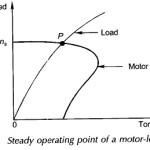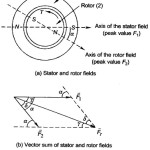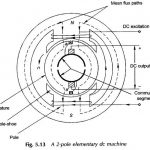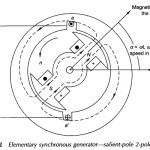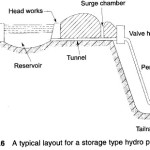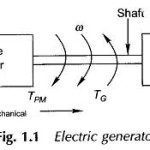Electric Motor Characteristics
Electric Motor Characteristics: The machine and the load are the two components of an electro-mechanical energy-conversion system, and the Electric Motor Characteristics, generally, play a predominant part in the operating…
